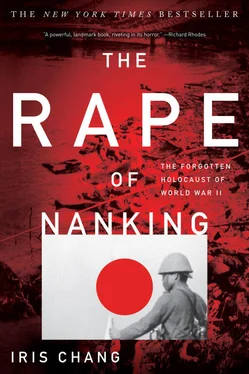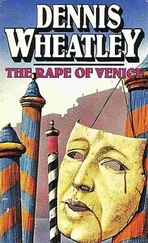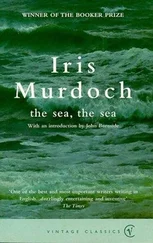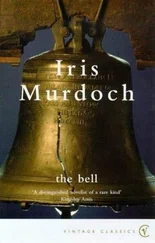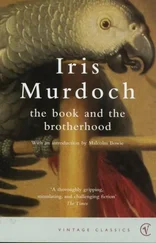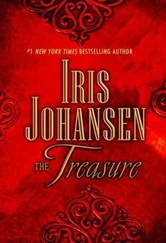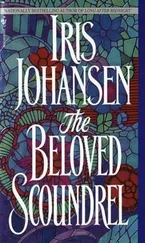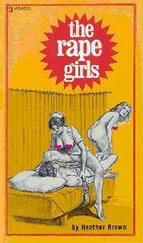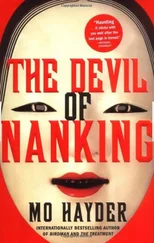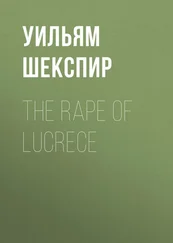In Japan serious research on the Rape of Nanking has largely been left up to the efforts of those operating outside of traditional academic communities, such as freelance authors and journalists. Ono Kenji, a factory worker, is a prime example. In 1988 he started to interview farmers in his area who had served in the Aizu Wakamatsu Battalion during the Rape of Nanking. The bachelor Ono had time to devote himself to the subject because he enjoyed thirty-six-hour breaks between long factory shifts and had no family responsibilities. Six years later it was reported that Ono Kenji had visited some six hundred homes, interviewed two hundred people, photocopied twenty out of some thirty diaries, and videotaped interviews with seven people. Some of his findings appeared in the weekly magazine Shukan Kinyobi and were hailed as the first work on the Nanking massacre to be based solely on Japanese sources. In 1996, he coedited an important book on the subject of the Nanking massacre, but he continues to live under the constant shadow of possible Japanese retaliation, refusing even to be photographed for fear of falling prey to right-wing fanatics.
In Japan censorship is practiced not only by the government when it tampers with textbooks but by the media, which police themselves. In many ways private-sector self-censorship can be more insidious than government censorship because it is subtler and harder to pinpoint.
What distributors did to a scene of the Rape of Nanking in the film The Last Emperor is a revealing illustration of Japanese self-censorship at work. In 1988 the Shochiku Fuji Distribution Company removed from Bernardo Bertolucci’s film biography of Pu Yi a thirty-second scene depicting the Rape of Nanking. Bertolucci was furious, of course, when he found out. “Not only did the Japanese distributor cut the whole sequence of the ’Rape of Nanking’ without my authorization and against my will, without even informing me, but they also declared to the press that myself and the producer, Jeremy Thomas, had made the original proposition to mutilate the movie,” he announced. “This is absolutely false and revolting.”
Bertolucci’s outcry forced the distributors to restore the excised scene immediately. They offered a variety of excuses for their behavior. Kubotani Motoyuki, director of Shochiku Fuji, apologized for the “confusion and misunderstanding,” explaining that his company thought the Nanking scene was simply “too sensational” to be shown in Japan. “Cutting the film was our voluntary decision. We had no idea that it would become such a big issue,” he said. Saito Mitsuhiro, another spokesman for Shochiku Fuji, told reporters that the scene was removed “out of respect for Japanese audiences.” Nakane Takehiko, a Japanese film critic, speculated that the decision to cut the scene arose from both the distributors’ pusillanimity and the threat of ultranationalist violence. “I believe the film’s distributors and many theatre owners were afraid these right-wing groups might cause trouble outside the theaters,” the critic told reporters. “Some of these people still believe that Japan’s actions in China and during the war were part of some sacred crusade.”
DEBATES ON THE NANKING MASSACRE
Japanese who find the courage to write books about the Rape of Nanking often face unrelenting attacks. Take the example of Hora Tomio and Honda Katsuichi. Hora, a professor of Japanese history at Waseda University, visited China in 1966 to investigate Japanese atrocities in China; he later published his research on the Nanking massacre in several books. Honda Katsuichi was a prize-winning journalist at the Asahi Shimbun who broke the taboo against discussing the Nanking massacre in the Japanese press by going to mainland China in the 1970s and 1980s to interview survivors. His findings, serialized first in the Asahi Shimbun and other journals, were later expanded into full-length books. Both Hora and Honda reached the conclusion that Japanese soldiers had killed some three hundred thousand people in Nanking between 1937 and 1938.
Both also faced a vicious backlash in Japan. One vociferous critic of Hora and Honda was the ultraconservative author Suzuki Akira, who challenged their findings in an article entitled “The Illusion of the Nanjing Massacre.” Suzuki charged that some of Honda’s and Hora’s stories were fabricated, that insufficient primary source material existed to substantiate the massacre, and that the Rape of Nanking was an “illusion.” The book that resulted from his articles won the Bungei Shunju Prize in nonfiction and received eulogies from literary critics as “admirable” and “courageous.” When Hora published a series of rebuttals to Suzuki, several famous Japanese writers immediately sprang to Suzuki’s defense.
Another critic was Tanaka Masaaki, a man who claimed to be Matsui Iwane’s protégé. In 1984 he published an anti-Honda book called The Fabrication of the “Nanking Massacre,” using material from Matsui’s wartime diary. Accusing Honda of spreading “enemy propaganda,” Tanaka argued that, unlike in Europe or China, “you won’t find one instance of planned, systematic murder in the entire history of Japan.” This is because, he wrote, the Japanese have “a different sense of values” from Westerners and the Chinese. Revisionists rallied behind Tanaka and joined his attacks on Honda and Hora. The right-wing author Watanabe Shoichi, who wrote a foreword to Tanaka’s book, also blasted Honda for heaping guilt “not only on the Japanese officers and men of the time, but on all Japanese, indeed on our children yet to be born.”
A debate soon raged between the two camps. There was the liberal “massacre faction,” which consisted of Hora, Honda, and their supporters, and the conservative “illusion faction” led by Suzuki and Tanaka. The liberal camp published its findings in the Asahi Shimbun and other journals, while the conservatives contributed to right-wing publications like Bungei Shunju, Shokun!, and Seiron. The liberals demanded that the Japanese government apologize for its crimes in China, while the conservatives considered such an apology an insult to veterans and a foreign interference in Japanese internal affairs.
Ironically, attempts to disprove the Nanking massacre backfired when the revisionists themselves began to probe into the subject for ammunition against the “massacre faction.” For instance, in the 1980s Kaikosha , a fraternity of army cadet school graduates, asked its eighteen thousand members to come forward with eyewitness accounts to discredit the Nanking massacre. To the dismay of the “illusion faction,” many Kaikosha members confirmed the details of the Rape of Nanking and described atrocities that horrified even hard-core Japanese conservatives. A former officer under Matsui estimated that some 120,000 captives were killed under the orders of a staff officer, although later, no doubt under pressure, he changed the figure to “no less than tens of thousands.” But his testimony scuttled the entire purpose of the survey, and moved even an editor of Kaikosha ’s journal to write in the concluding part of the series that “there was no excuse for such massive illegal executions. As someone related to the old Japanese Army, I have to apologize deeply to the Chinese people.”
But the most embarrassing incident was yet to come. In 1985 a popular history journal, Rekishi to jinbutsu, discovered as many as nine hundred errors in the newly published Matsui wartime diary. Most of them were intentional attempts to falsify primary documents, a revelation that scandalized historians across Japan. Still more disturbing, the author of these alterations was none other than Tanaka Masaaki, who had proclaimed himself a staunch critic of historical distortion.
Читать дальше
